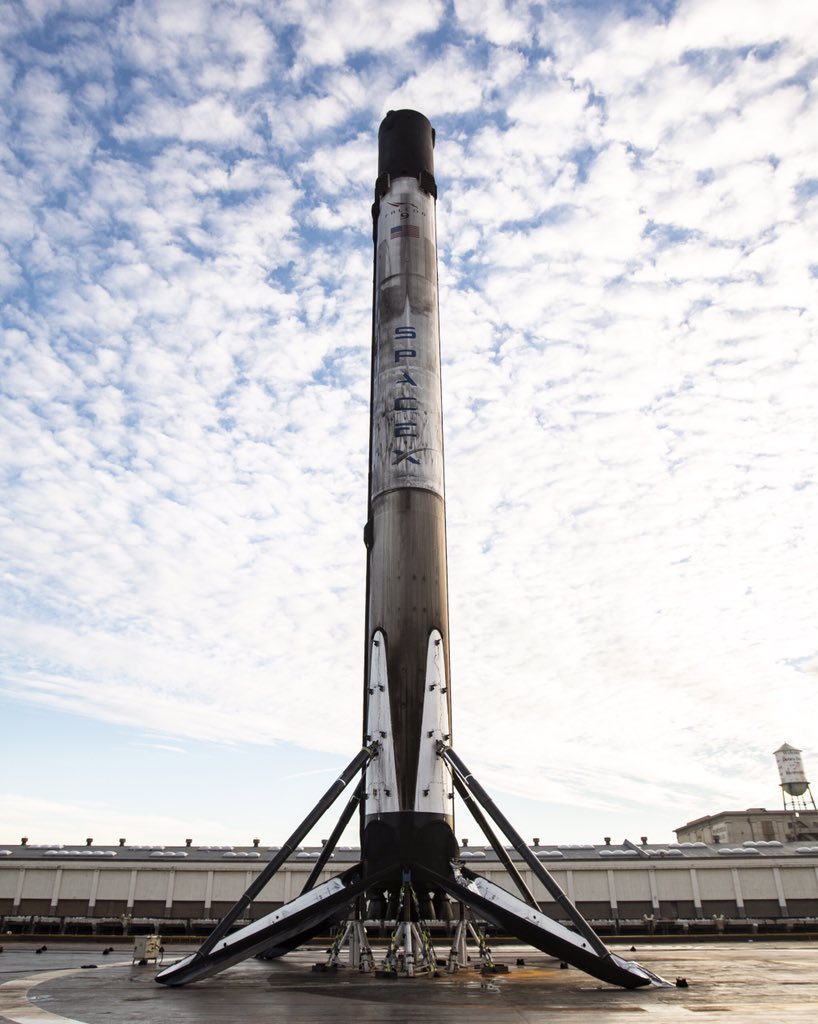How does SpaceX ensure the reliability of Falcon 9’s thrust vector control system during engine gimballing?

Hello, space enthusiasts! 🚀 Let’s dive into one of the most critical aspects of Falcon 9’s success: its thrust vector control (TVC) system during engine gimballing. The reliability of this system is foundational for safe launches and precision landings, making it a hot topic among both engineers and fans!
To start, let's break down the basics. Falcon 9, equipped with nine Merlin engines, can produce a staggering 1.7 million pounds of thrust at liftoff! 💪 The TVC system allows the engines to pivot, steering the rocket as it ascends through the atmosphere. This steering is crucial, especially during the first stage's ascent when Falcon 9 must overcome gravitational forces and wind shear—a challenge its engineers tackle head-on.
SpaceX employs several strategies to ensure the reliability of this system. First, rigorous testing is paramount. Each component undergoes extensive examination, earning its keep in a grueling 14,000 seconds of operational testing before it even thinks about appearing on a launch pad. 😲 This includes static fire tests where engines are gimbaled under load. If it’s not perfect, it doesn't get a ticket to the launch.
Let’s not overlook the role of redundancy! Falcon 9 is designed with multiple backups for its TVC system. Each engine has independent controls, meaning if one system fails, others can compensate for it. This design philosophy is rooted in SpaceX’s commitment to safety and reliability. With over 170 successful flights since its inaugural launch in 2010, the numbers speak for themselves. 📈 Statistically, Falcon 9’s reliability rate hovers around 98%, a remarkable feat in the aerospace industry.
Moreover, data analytics plays a significant role in enhancing the TVC system's performance. SpaceX utilizes telemetry data gathered during previous launches, allowing engineers to make informed adjustments. With a real-time analysis of 10,000 parameters during each flight, the engineers can finely tune the TVC system to optimize performance. By learning from past missions—both successes and challenges—SpaceX continuously evolves its technology. 🎇
Additionally, the materials used in the gimbal mechanism are nothing short of state-of-the-art. The gimbals are crafted from high-strength alloys that can withstand intense temperatures and pressures, enhancing their reliability. The stress tests they undergo ensure they can handle the demands of a roaring ascent without faltering. 🔧
As we look forward to more historic launches, the Falcon 9’s thrust vector control system remains a testament to SpaceX’s dedication to innovation and safety. When you watch the next liftoff, remember that a highly reliable system is at play, ensuring human lives and valuable payloads reach their destinations safely. 🌌
Happy orbiting, fellow stargazers! Until the next exploration, keep looking up! 🌟 #SpaceX #Falcon9 #RocketScience #InnovationInSpace #AerospaceEngineering
Image credit: SpaceX